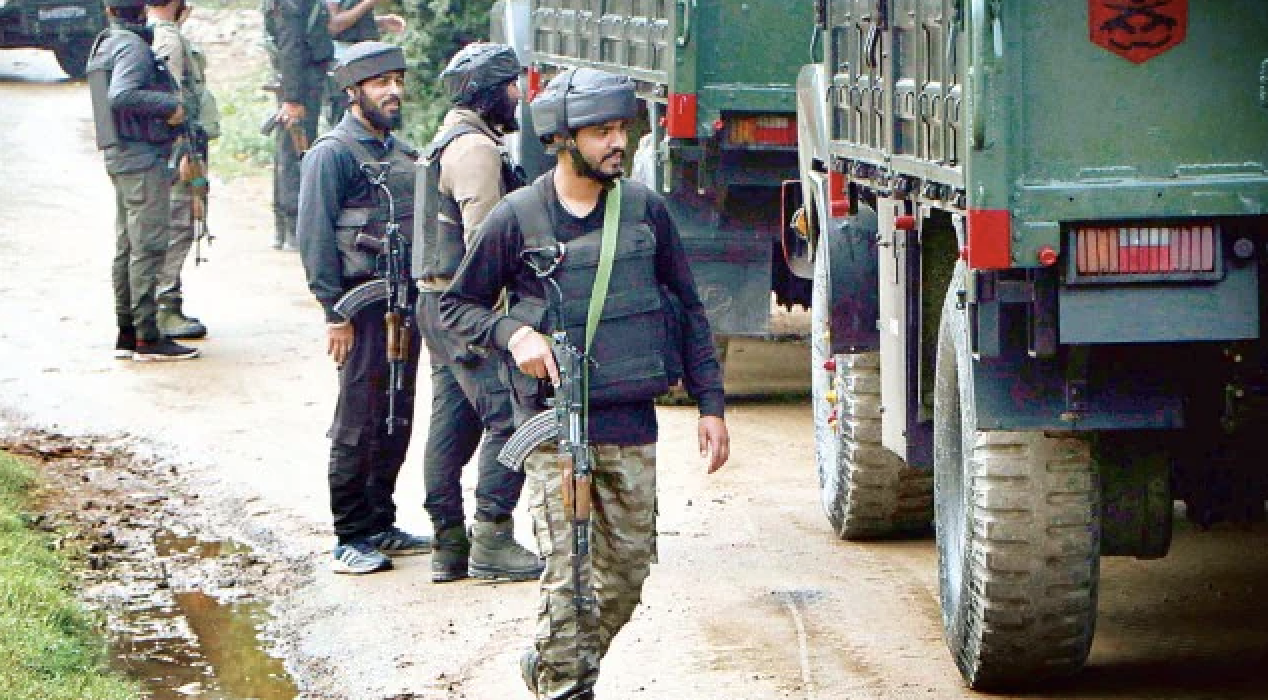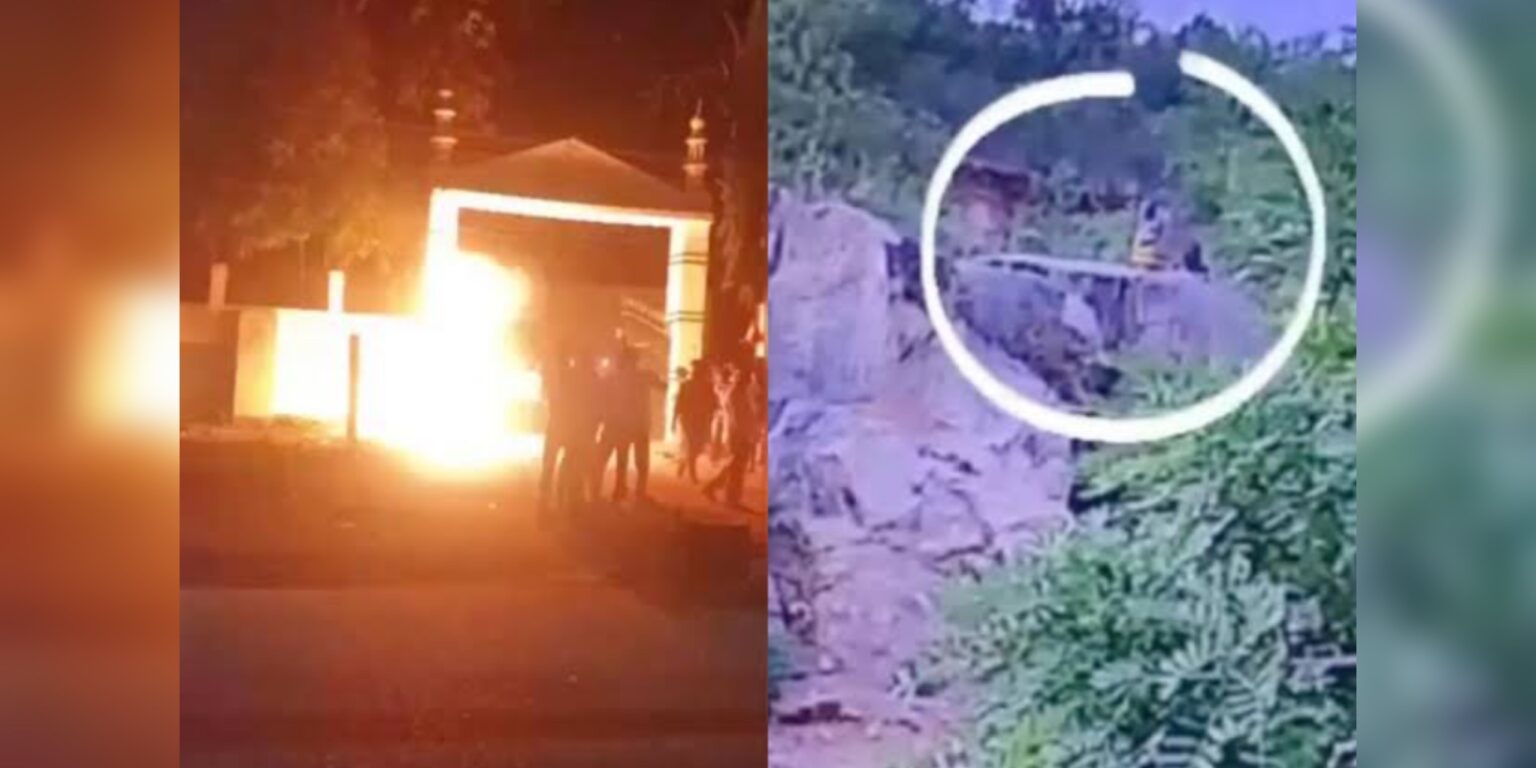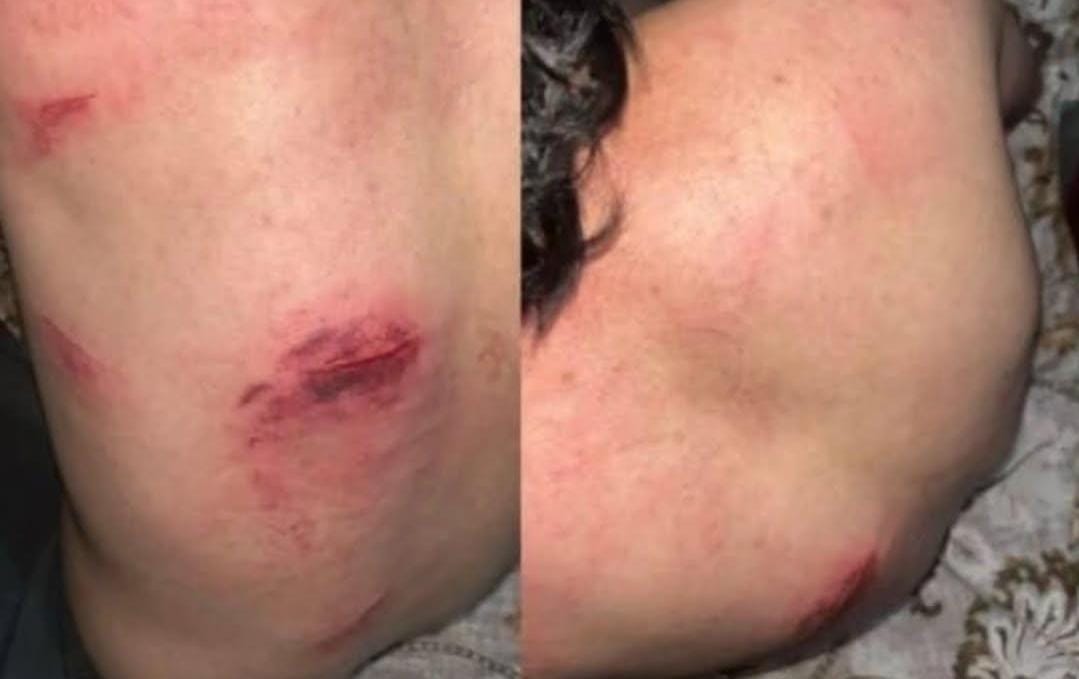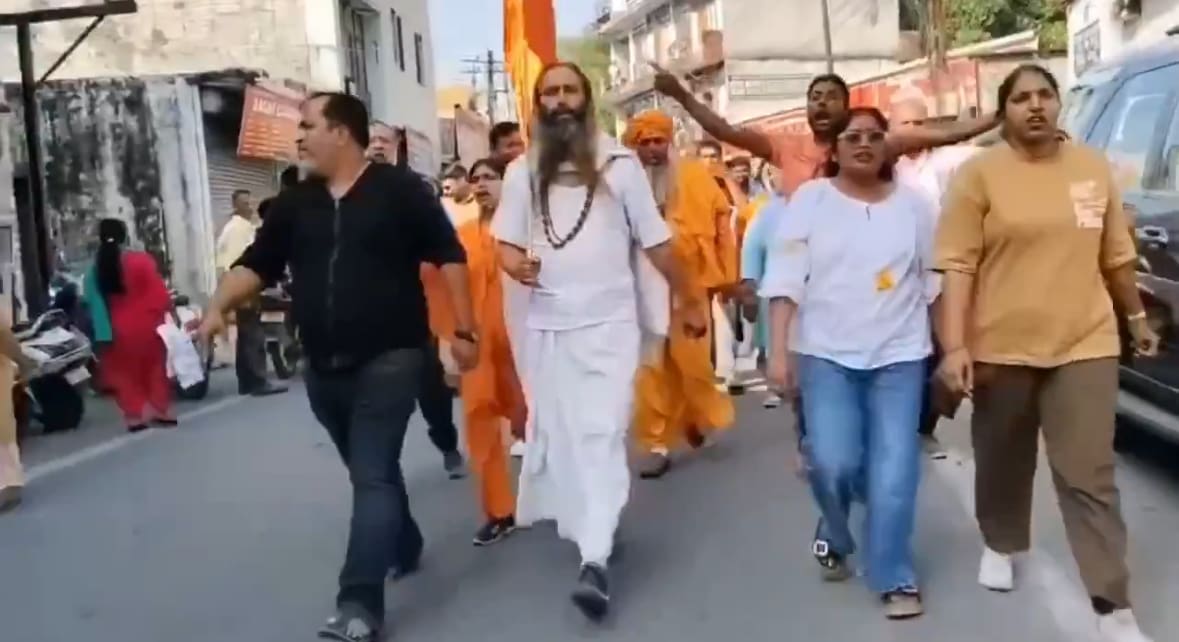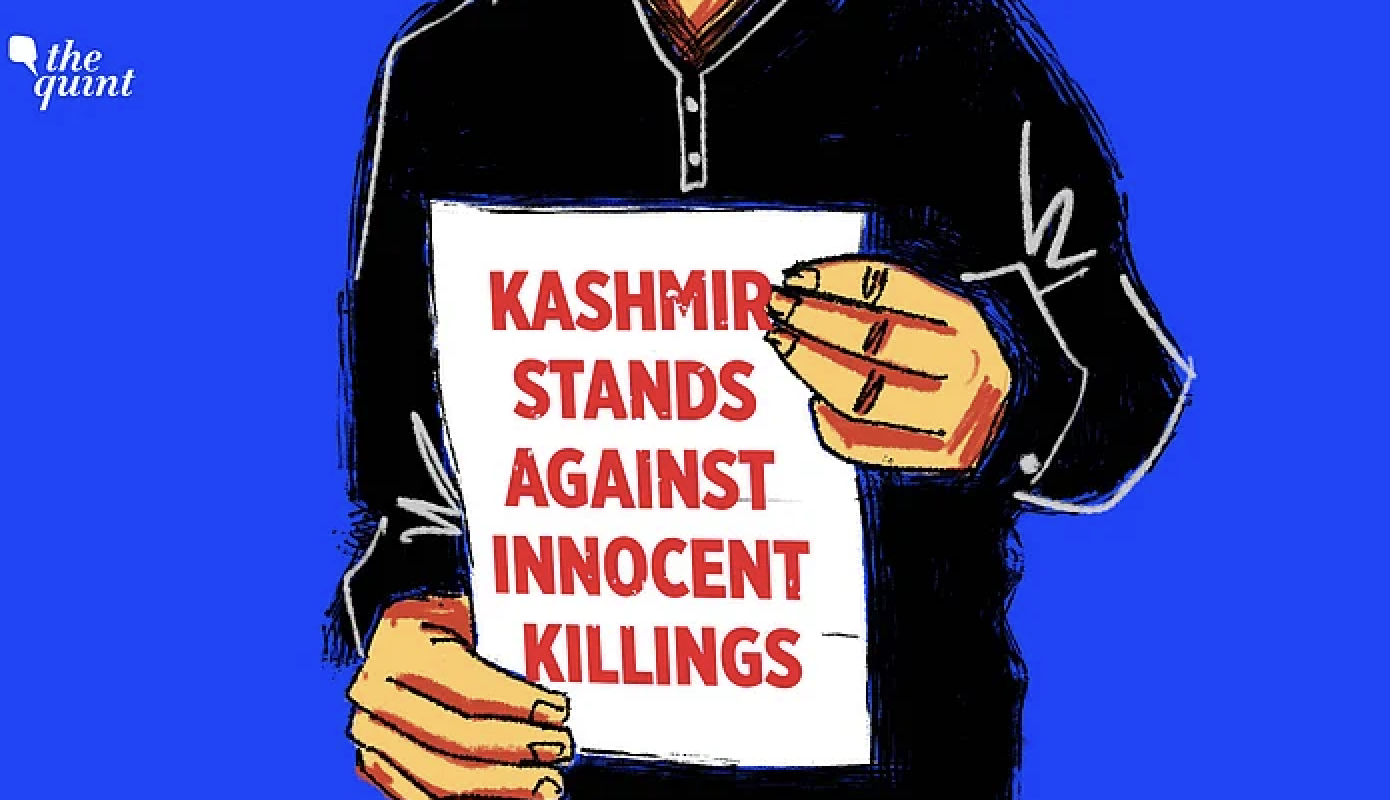
Chennai-based documentary photographer Siva Sai Jeevanantham (26) was in his early 20s when he first visited Kashmir to intern with a local newspaper. In the initial weeks of his stay, beyond the beautiful landscape, he was drawn more towards Kashmir’s political history. Jeevanantham began hearing about hundreds of people subjected to enforced disappearances, as he interacted with the local people while travelling within Kashmir.
Subsequently, he started working with the rights organisation Association of Parents of Disappeared Persons (APDP) led by Parveena Ahanger. He wanted to know more about people who disappeared in the custody of the armed forces since the early 1990s. Their memories lived among their families for whom, he found, the disappeared are always present even in their absence, even decades after the event.
Over the years, he has met and interviewed their families, taking images of the things left behind by the disappeared provided by the families, which eventually became a photo project.
‘In the same river’, his archival photo project, reflecting on the importance of memory and resistance using photographs of the victims of enforced disappearances in Kashmir, is currently on display in the third edition of the Chennai Photo Biennale “Maps of Disquiet” at the Forum Art Gallery in Padmanabha Nagar, Adyar, Chennai.
The photo project looks at the memorialisation of resistance from the intersection of land, body and memory. It brings together an archive of documents and family photographs, and various objects. According to the description on the biennale website, Jeevanantham’s photo project on display traces the “collective violence that is evoked upon their memory, their body, their land, as these families traverse the long road to justice”.
The exhibition also provides a pamphlet explaining each installation and the contextual information behind the images. The installation also incorporates elements of overlapped prints, where Jeevanantham uses the documents as a veil to cover the intimate family photographs of the victims. He believes this form of the exhibition makes the viewer interact with the official documents about the victim, preserving the intimacy of the personal photo while evoking a sense of flipping through an album and a case file.
The third edition of Chennai Photo Biennale, on display till February 6, reflects on the “exigencies of our times: resisting majoritarian impositions, ecological collapse and technological dystopias by reclaiming pluralities of thought, voices and art, and building new networks of solidarity and care”.
With the support and guidance of APDP, Jeevanantham has been building his digital documentary and photography archival project on Kashmir since 2017, when he first visited the Valley. The photo project received a long-term photography grant from the Indian Photography Festival, Hyderabad in 2019, after which the project was also exhibited in a slideshow event curated by Nayan Tara Gurung Kakshapati, co-founder and director of Photocircle at Angkor Photo Festival 2019. The photo project was also part of the 2020 edition of “Blurring the Lines” curated by Steve Bisson, Lisanne van Happen and John Fleetwood.
“This project also looks at how we Indians are normalising violence and not speaking against how a Kashmiri body is being treated. In a deeper sense, I want this photographic archive to not just inform us about the violations but function as a collective counter-memory against the falsified political history,” the photographer says.
The exhibition and installations are aimed at reflecting the violence perpetrated on the land, body and memory of Kashmir and Kashmiris, he adds. “It also discusses the Kashmiris’ fight for self-determination, repercussions and the oblivion created by the Indian state,” he says.
Jeevanantham says the country’s denial of acts of violence committed in Kashmir – and how the state is normalising injustice by demonising the people and their struggle – is the core issue he wanted to address through his work.
Whenever he visited and met the families of the disappeared, he says all he saw was a mother’s determination, a wife’s unending fight for justice for her disappeared husband and Kashmiris’ resistance against decades-long structural violence surrounding them.
He found it intriguing that every case file in APDP’s archive had a mug-shot of the missing person, and most of these mug-shots were cut-outs from families’ albums. In every disappeared victim’s records, he found a redundant form of photographs – a mug-shot often cut out from the family albums.
“I traced the origin of these mug-shots and it led me to very intimate family photographs. That made me realise that once personal family photographs of weddings, birthday celebrations, etc., are now forensic evidence to prove the victims’ existence,” he says.
Sometimes he found himself looking at a personal photograph shared by the families. One of the stories that left a mark on him was that of Irfan Ahmad, a 14-year-old boy who was allegedly abducted from his school in 1994. Later police investigations revealed that the military had taken him away.
“Irfan’s sister and mother were remembering that day when he went missing. And as I was flipping through their family album, I found a black and white photograph of Irfan when he was a baby. It was the first documented photo of Irfan. As I flipped through the album, I saw Irfan in different phases of his life. The last photograph of Irfan was when he was 14 years old during his birthday. That was the year when he disappeared; his photographs in the album stopped there,” he says, adding that her sister went on to talk about how the army tortured and harassed them for filing a case in the high court.
“Visiting Irfan’s family affected me deeply,” the young photographer says. “Thinking about it makes me sad every time.”
Sometimes, he says, he thinks of his ongoing work being less about the photographs and more about the lives people live in Kashmir.
“I met a college girl in a village in Kashmir and she boldly explained everything about her brother’s detention and how her father was harassed. But, she broke down the moment I asked her whether she was going to college,” he recalls. “She cried and told me her brother used to pay her college fees and now her family can’t afford her tuition fee. The one thing that made her cry was not being able to pursue her education.”
Looking at the individual and family photographs of the disappeared and hearing the stories they left behind within the political context made the archival project more personal for him. How a personal family album reflects the political aspects of a conflict made him understand how important a photograph can become in a ravaged, grief-stricken place like Kashmir.
“We create so many images every day without even realising how they are going to be used in the future. All this made me think about how these personal photographs can be used to talk about a conflict – a conflict over whether to forget or forgive,” he says.
Whenever he would return to his home in Chennai after his Kashmir visits and flip through his own family albums, he would often wonder – what if he was abducted someday like one of those thousands of people in Kashmir, his parents left grieving and without any closure.
“This is the unbearable trauma people have to live through in an unending conflict zone like Kashmir,” he says.


